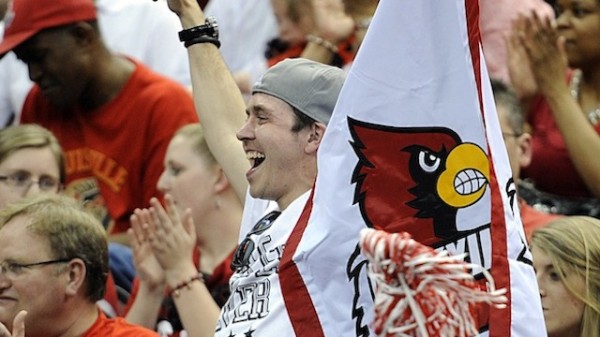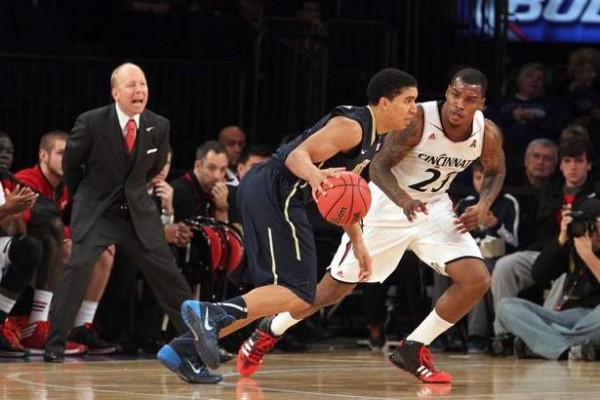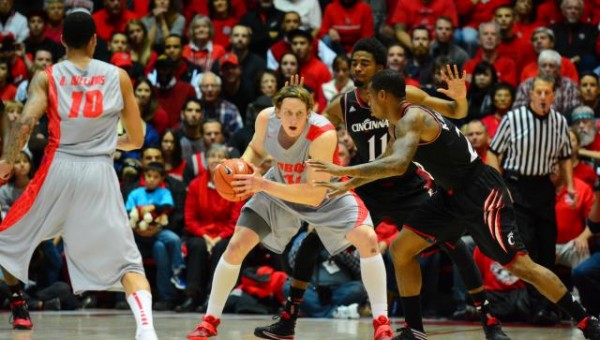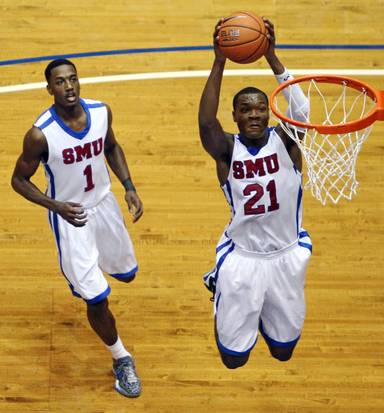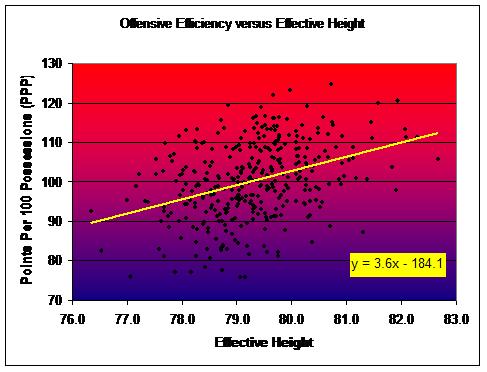Posted by rtmsf on September 21st, 2009
It was a very quiet weekend in college hoopsland, which is a good thing, because the RTC staff is working madly behind the scenes to get things together for the upcoming season. You guys realize that we’re seven weeks to the day away from the first game, right (Nov. 9 – FIU @ UNC in the CvC)?
- Jeff Goodman wrote a post on his blog last week that asked the question of which teams in 09-10 could be categorized as the deepest in college basketball. He concluded that Big 12 stalwarts Kansas and Texas along with Kentucky are all bursting at the seams with nasty talent. We have no dispute with him there – you’d have to be blind to state otherwise. But after thinking about it a bit, we were left with the so-what question. Having 10-12 players at your disposal doesn’t mean a whole lot unless you’re willing to use them, and we wondered what Self, Barnes and Calipari’s coaching history could tell us about just how important that depth will be for them this season. Thanks to KenPom’s site, we did a quick analysis of how these coaches used their benches over the last three years (data was only available from 2007-09). As you can see in the table below, the two Big 12 coaches are much more likely to ride their starters over the course of a season than Calipari will. But none of them will often be accused of leading the way in bench usage. Of course, if we had players like Kevin Durant, Brandon Rush, Derrick Rose and so forth at our disposal, we’d probably be hesitant to bring in their backup also.
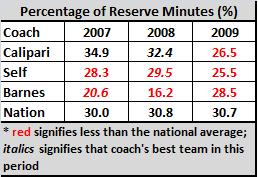
- Luke Winn broke down his top ten nonconference schedules last week (among the good teams), and we really don’t have much else to say about his analysis, which is spot-on as usual. Calling out Big East teams Pitt and Syracuse was great, especially since we all know that they’ll use the excuse of being young this year (true), even though they always pull this never-leave-home stuff in the preconference slate (also true). We also noticed another oddity in Winn’s “Major Generosity” section, where he points out that UNC, Georgetown and Michigan St. will visit such titans as Charleston, Savannah St. and The Citadel, respectively, this season. Strangely enough, these three homestanding schools are within about a two-hour drive of each other. A weird confluence of luck , friendships and payback games means that the Low Country will be privileged to host three of the best teams in the nation on their turf within a six-week period starting November 21. If you live around there, get your tickets now – this will probably never happen again! Oh, and back at ya, Luke.
- Quick Hits. Bilal Batley: yeah, this was it. The Jewish Jordan: retires at 27. Greg Monroe: ready to forget about last season. Gene Iba: one more season for Hank’s nephew. Freshmen in 09-10: seems eminently reasonable. Arkansas Gangbang: someone will be punished for something. The New Myles Brand: Michael Adams? Junior Cadougan: Marquette’s presumed starting PG out for the season. Truck Bryant: was there ever a question? Josh Tabb: Tennessee guard suspended indefinitely.
| fast breaks
| Tagged: arkansas, bilal batley, bill self, charleston, gene iba, georgetown, greg monroe, injuries, john calipari, john pelphrey, josh tabb, junior cadougan, kansas, kenpom.com, kentucky, luke winn, marquette, michael adams, michigan st, myles brand, ncaa violations, nonconference schedules, pittsburgh, rick barnes, savannah st, suspensions, syracuse, tamir goodman, tennessee, texas, the citadel, truck bryant, unc, west virginia
Share this story






























